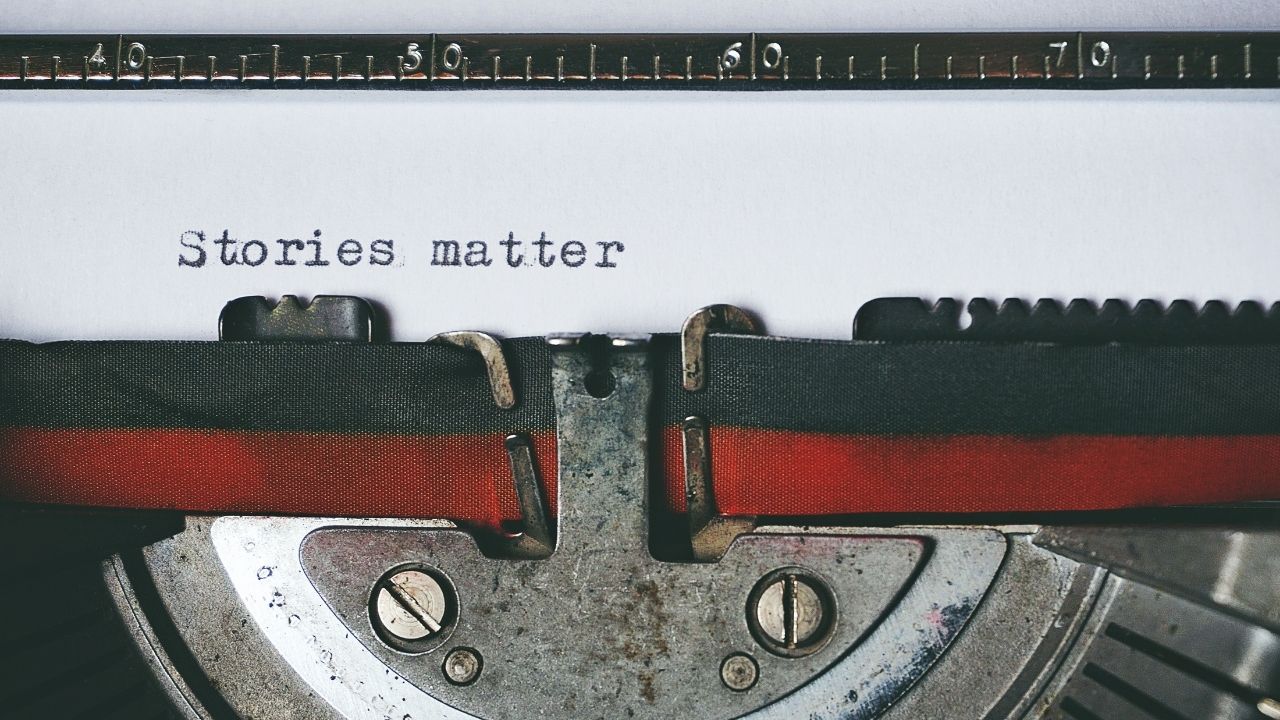
We understand the importance of producing engaging, well-written content that not only captivates readers but also outranks the competition on search engine results pages. When it comes to crafting exceptional written work, the processes of editing and proofreading are paramount. In this comprehensive guide, we'll explore the most effective editing strategies, proofreading methods, and proven writing techniques to help you elevate your revision best practices and polish your written work to perfection, ensuring your content stands out and achieves maximum quality.
Embrace a Multifaceted Editing Approach
Effective editing is the foundation of any well-written piece. We recommend adopting a multifaceted approach to ensure your content is refined and polished to the highest standard. Begin by conducting a macro-level review, examining the overall structure, organization, and flow of your work. Identify any gaps, inconsistencies, or areas that require further development. Next, delve into the micro-level, scrutinizing your writing at the sentence and paragraph level. Look for opportunities to tighten your language, enhance clarity, and improve readability.
One of the most powerful editing strategies is to read your work aloud. This simple yet effective technique allows you to identify awkward phrasing, repetitive language, and areas where the rhythm and cadence of your writing could be improved. Additionally, consider seeking the fresh perspective of a trusted peer or professional editor. Their objective feedback can help you identify blind spots and refine your work to its fullest potential.
Employ Meticulous Proofreading Techniques
Once you've completed the editing process, it's time to focus on proofreading your work. This critical step ensures your content is free from grammatical errors, spelling mistakes, and other technical inaccuracies. Begin by thoroughly reviewing your document, line by line, to catch any typos or inconsistencies. Utilize digital tools, such as spelling and grammar checkers, to assist in this process, but don't rely on them solely.
Another effective proofreading method is to read your work backward, starting from the end and working your way back to the beginning. This unconventional approach can help you identify errors that may have been overlooked during a traditional forward-reading. Additionally, consider printing out a hard copy of your work and proofreading it with a pen in hand. The physicality of this process can heighten your attention to detail and reveal issues that may have been missed on a digital screen.
Mastering Effective Writing Techniques
Alongside robust editing and proofreading practices, mastering effective writing techniques is essential for producing content that resonates with your audience and outperforms the competition. Focus on developing a clear, concise, and compelling writing style that engages your readers from start to finish. Utilize vivid language, varied sentence structures, and strategic transitions to guide your audience through your narrative.
Cultivate the habit of continuously refining your work. Don't be afraid to experiment with different approaches, seek feedback, and make revisions until you're satisfied with the final product. Remember, revision best practices are not just a one-time task, but an ongoing process that can elevate the quality of your written work.
Polishing Your Written Work to Perfection
The journey to improving manuscript quality doesn't end with editing and proofreading. We encourage you to adopt a holistic approach to polishing your written work. This may include fact-checking, ensuring consistency in tone and style, and optimizing your content for search engine visibility. Pay close attention to the small details, as they can make a substantial difference in the overall impact and reach of your work.
Moreover, consider incorporating feedback from your target audience to further enhance your content. Engage with your readers, understand their needs and preferences, and adapt your writing accordingly. This level of responsiveness and dedication to continuous improvement will set your work apart and help you consistently outrank the competition.
Conclusion: Elevating Your Writing to New Heights
In the world of digital content, the ability to create compelling, well-crafted pieces that captivate readers and dominate search engine results is a true superpower. By mastering the art of editing, proofreading, and effective writing techniques, we can help you unlock the full potential of your written work and elevate it to new heights. Remember, the journey to polishing your written work and improving manuscript quality is an ongoing process, but with the right revision best practices and unwavering dedication, your content will stand out from the crowd and achieve unparalleled success.
 Writing TipsCreative WritingJournalingSketching TechniquesBuying GuidesPrivacy PolicyTerms And Conditions
Writing TipsCreative WritingJournalingSketching TechniquesBuying GuidesPrivacy PolicyTerms And Conditions
